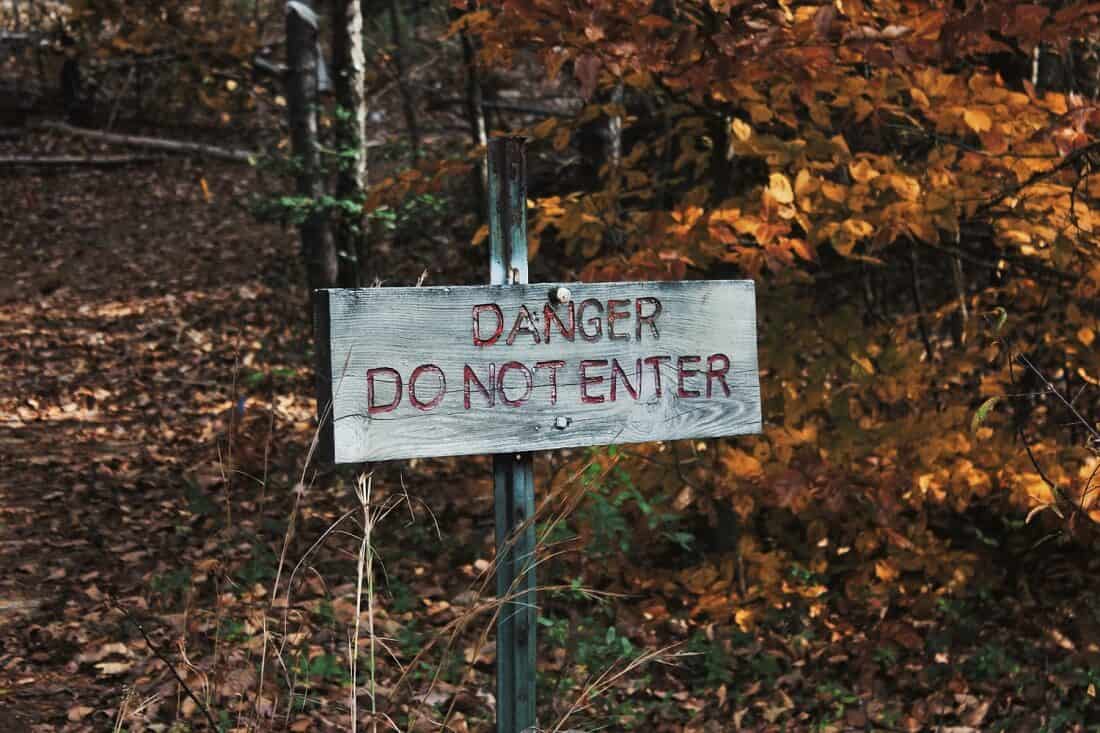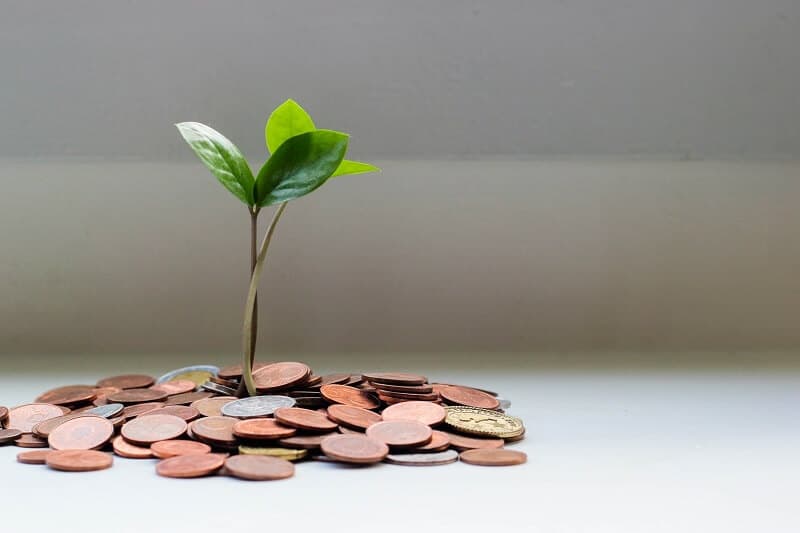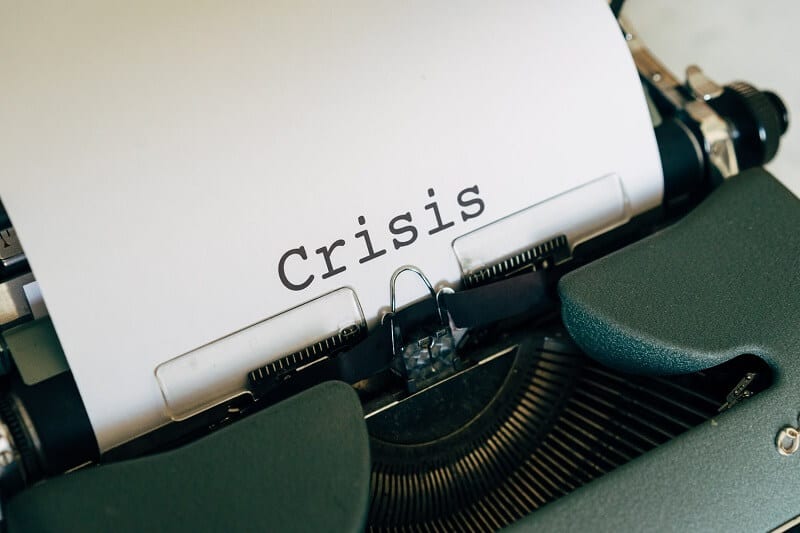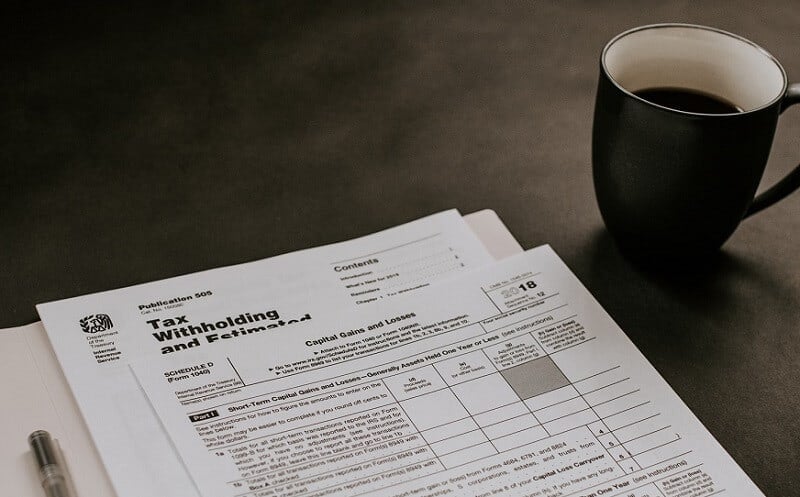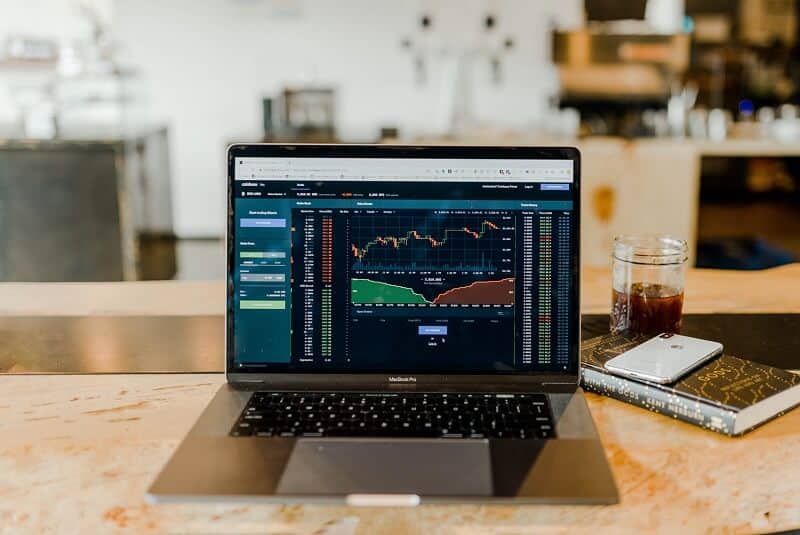
The worst-case scenario of holding a concentrated stock position is that the chosen company can bankrupt and the stock value drops to zero.
Concentrated stock positions occur when you as an investor own shares of one stock in a big percentage of your portfolio. So your capital is concentrated in a single position. How big is that percentage? It depends on the size of your portfolio and the volatility of the stock. But concentrated stock positions commonly occur when that stock represents 10% or more of your overall portfolio.
The modern theory says that it can be any position size that may hurt your investment plan. So, we won’t be wrong if we say that concentrated stock positions are any portion in one single stock in your portfolio that have a major influence on your overall portfolio no matter if it is 5% or 55%. Generally, it is a position size that can destroy your financial goals.
But nothing is so bad as it looks at first glance. Many people created their wealth by holding a single stock. So many families built a fortune in this way. The value of that stock grew heavily over time and the members of such a family inherit these concentrated stock positions, a large one that consists of just one stock.
Don’t matter how the concentrated stock positions are earned, they always represent an unbalanced allocation of investments. Since the holder of such a portfolio needs to reduce risk, it is essential to understand it and maintain it properly. There are several strategies very suitable for handling concentrated stock positions.
Strategies for handling concentrated stock positions
Have you ever heard a saying: “Concentrated wealth makes people wealthy, but diversified wealth keeps them wealthy.” It’s kind of credo among investors. Concentrated stock positions are challenging for managing. They have great risk potential included. So for that to be done, the investor needs a proper strategy.
One of the most common strategies is selling the part of these concentrated stock positions or the whole holding on it. To be honest, that is the simplest way to reduce the concentration on the stock.
But there are some that may occur, for example, the capital gains tax is connected with selling. In order to decrease the tax, you don’t need to sell the whole position. Sell it in the parts. For instance, you can define an amount and sell one by one quarterly. Of course, you can choose a different time frame but the goal will stay the same, to reduce the concentrated stock position since you would like to reduce the exposure also. Depending on the position’s value it may take a few years unless the whole process is done. Some experts claim that 3 to 5 years is the optimal time frame for that.
So you have two choices with this strategy: to sell the stock immediately or in portions over time.
Hedge the position – a strategy for handling concentrated stock positions
Those are actually two strategies but we’ll put them in one because they are connected. This is a bit of a complicated strategy but an effective one. Everyone wants to protect the owned stock against drops. You can do it by using options. So, think about the buying of put options as a kind of insurance against the potential losses in your stock. When you buy a protective put option, you’ll have the right to sell your stock, the whole or part of it, at a predetermined price. Don’t be worried if the stock price increases above the predetermined price. Your option will expire worthlessly and you’ll still hold your stock.
This strategy is quite good if you need short-term protection, so think twice are you willing to use it because over the long run this strategy may cost you a lot.
Also, you may sell covered call options. The strike price should be above the current market price. That will give you an extra income but the smallest protection against total loss if the stock price decreases significantly. Moreover, you’ll not benefit from price appreciation if you use covered call options as a strategy to handle concentrated stock positions.
Maybe you can use covered call options as a part of a well-organized selling process based on the market movements. Meanwhile, you get paid the premium.
Diversifying
It doesn’t mean you’ll make some small adjustments to your portfolios. Your main goal is to reduce the volatility that a concentrated position generates. And you cannot do that randomly, this diversification has to be exact.
As we said, you can sell this large position at once but there are some problems that may arise. The most important is that you can reduce the value of your overall portfolio by doing so. For example, if you sell the whole position at once that could cause the stock price to drop in value.
Sometimes such a decision can be emotionally difficult. So, a staged sale can be a way to avoid emotional reactions when selling a large position. You can do this if you determine the number of shares of the stock you want to sell by a particular date.
For example, you want to sell 21,000 shares of the stock over the next 21 months. And you decide to sell shares every quarter. There will be seven sales during this period, right? At the end of each quarter, you are selling 3,000 shares. This will not disturb you a lot, you have a schedule, your emotions will be under control, you don’t even have to think about the market fluctuation.
Use the exchange fund
This method is useful when you find other investors in the same situation with concentrated stock positions and who want to diversify as you do. What investors have to do? What are their options? They can join their shares into a partnership where each investor gets a proportional share of that exchange fund. Since the stocks are not the same, each shareholder will have a portfolio of different stocks. That will provide diversification. The additional advantage of this method is that it provides the deferral of taxes.
The straightforward approach to diversify the concentrated stock positions
It is rebalancing with a completion fund. We describe it above. It is simply selling smaller parts of your position over time. You can use the money you got to buy some other asset and have a more diversified portfolio. That’s how a completion fund operates. But as a difference from exchange funds, you are in control of your stock.
For example, you own $10 million worth stock, and you want to reduce the exposure to this stock. But you would rather sell part of your position because if you sell $10 million in one transaction the taxes you have to pay would be expensive. So, you prefer to sell 20% of the position every 6 months, and use that money to diversify into other assets. Over time you’ll have a fully diversified portfolio adjusted to your risk tolerance.
Bottom line
Some wealth transfer strategies could benefit you. For example, family gifting strategies, and charity gifting strategies such as direct gifts, foundation, or trusts.
The most important is to have peace of mind. Holding such a great but only one stock that generated money for many generations is a great responsibility. But that kind of portfolio is very volatile and risky. So you have to be smart and find the concentrated stock positions exit strategy suitable for your circumstances and goals. Your chosen strategy has to increase your overall wealth.
These strategies can reduce risks, reduce the tax of reducing the position. They are worth seeking. If you still are not sure which strategy to choose, find a professional financial advisor.


